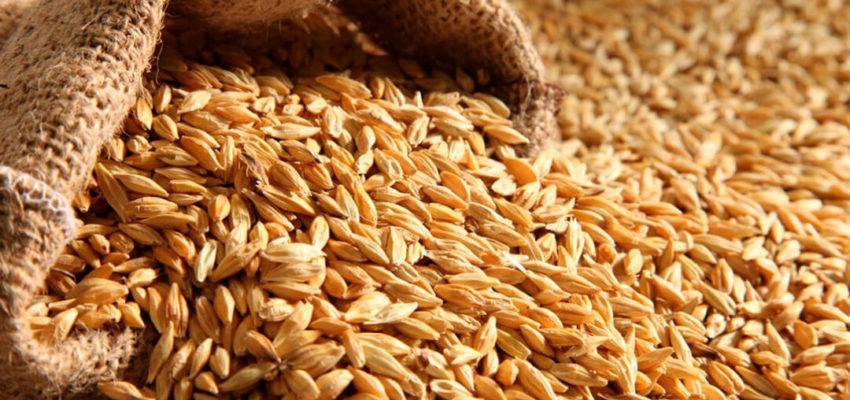Global cereal production will reach a record high in the 2024-2025 campaign, reaching 2.321 billion tonnes, according to the intergovernmental organization IGC, but its distribution and trade will be highly volatile due to rising consumption, climate instability and the geopolitical outlook.
The main grain producing countries have raised their harvest projections, which globally will grow by 1% annually, according to the latest forecasts of the International Grains Council (IGC).
With these figures, production “concatenates” several record-breaking campaigns, according to sources in the commercial sector, but “the question is how it will be distributed,” along with unknowns such as the effect of political instability on oil and transport costs; at the moment the price trend is downward.
The data
The last forecasts IGC estimates increase global grain harvest by eight million tonnes, taking into account improvements in producing areas including Russia and Ukraine.
The estimates of this organization place the consumption world at 2,324 million tons (+0.47% annually), while stored stocks will be around 586 million (-0.5%) and the trade grain will fall by 6.7% compared to the previous campaign, to 418 million tons.
According to IGC, the decline in stocks is due to consumption for feed, food and industrial uses, “now at record levels”, so that at the end of the campaign the lowest stored volume in the last ten years could be recorded.
In the case of wheat, global production will rise to 801 million tons (+1%), and in the case of corn to 1,225 million (+0.16%), while the world will produce 528 million tons. tons of rice (+1.14%), according to IGC.
The forecast also includes a decline in stored maize reserves in the European Union (EU), Russia, Ukraine and several countries in sub-Saharan Africa.
IGC estimates confirm the trend already announced by the UN Food and Agriculture Organization (FAO).
Prices
Raw materials are experiencing a bearish moment in international markets, which is also reflected in the index world of cereals and oilseeds of the IGC, with a monthly fall of 2%, due to the “pressure” of the harvest in the northern hemisphere, due to the large world supply and due to strong competition.
The decline was due to wheat, while there were “modest” increases in corn due to the rise in export premiums from Ukraine and Brazil, which were however offset by the decline in the United States, the world leader in this last cereal.


















